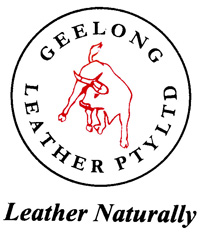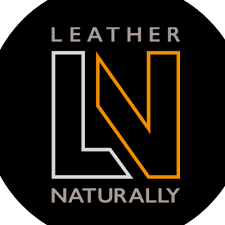Real leather uses a natural resource that would otherwise be discarded and it lasts up to three times longer than artificial leathers. In addition, modern tanneries have become exemplars of efficient, clean and close-loop production.
Real leather, an ethical choice
Sustainable
The leather industry recycles the leftover hides and skins from the meat industry, preventing around 720 million tonnes from ending up in landfill every year which is equivalent to 640 million tonnes of carbon dioxide emissions generated. It turns this by-product into a material that is natural, versatile and durable.
Traceable
The leather industry has heard consumers’ calls for greater transparency. Most leather manufacturers enable you to trace the product back to the origin.
Greener
It takes 16 milligrams per kilogram of carbon dioxide to make a piece of leather that lasts about eight years. It takes 12 milligrams per kilogram of carbon dioxide to make a piece of artificial leather that lasts about two to three years.
Safe
State-of-the-art tanning and leather production (those with the LWG gold rating) do not use toxic or hazardous chemicals. They adhere to strict national regulations and many contribute to the non-governmental program - Zero Discharge of Hazardous Chemicals - to eliminate hazardous chemicals in textile and leather processing.
Organic
All leather and artificial leather products take time to break down because of the chemical processing they go through. However, natural leather has the capacity to break down decades quicker than artificial leather because it comes from an organic material.
Durable
Leather has a longer lifecycle than artificial leathers because it lasts longer and is resistant to the elements, leather often improves with age and it can be more easily repurposed.
Sustainable
Sustainable
The leather industry recycles the leftover hides and skins from the meat industry, preventing around 720 million tonnes from ending up in landfill every year. It turns this by-product into a material that is natural, versatile and durable.
Traceable
Traceable
The leather industry has heard consumers’ calls for greater transparency. Most leather manufacturers enable you to trace the product back to the origin.
Greener
Greener
It takes 16 milligrams of carbon dioxide to make a piece of leather that lasts about eight years. It takes 15 milligrams of carbon dioxide to make a piece of artificial leather that lasts about two to three years.
Safe
Safe
State-of-the-art tanning and leather production (those with the LWG gold rating) do not use toxic or hazardous chemicals. They adhere to strict national regulations and many contribute to the non-governmental program - Zero Discharge of Hazardous Chemicals - to eliminate hazardous chemicals in textile and leather processing.
Organic
Organic
All leather and artificial leather products take time to break down because of the chemical processing they go through. However, natural leather has the capacity to break down decades quicker than artificial leather because it comes from an organic material.
Durable
Durable
Leather has a longer lifecycle than artificial leathers because it lasts longer and is resistant to the elements, leather often improves with age and it can be more easily repurposed.
Not all leather is equal
Considerable improvements have been made over the past decades to make the production of leather more efficient and sustainable, but some manufacturers have done more than others. Consumers should keep an eye out for the Leather Working Group (LWG) gold rating to indicate the most environmentally friendly manufacturers. The global accreditation scheme assesses energy consumption, water usage, air and noise emissions, waste treatment, effluent treatment and restricted substances.
Find out more:





